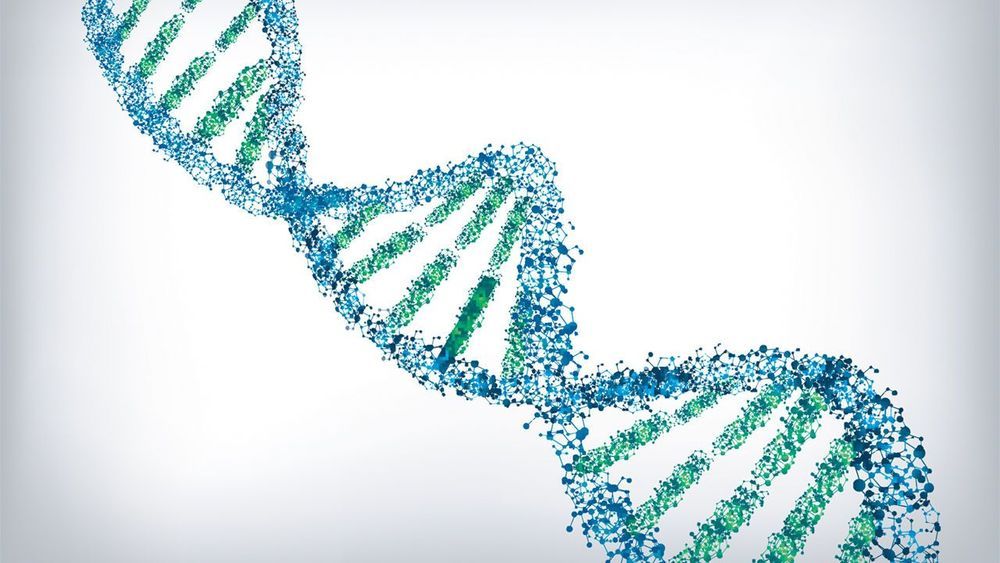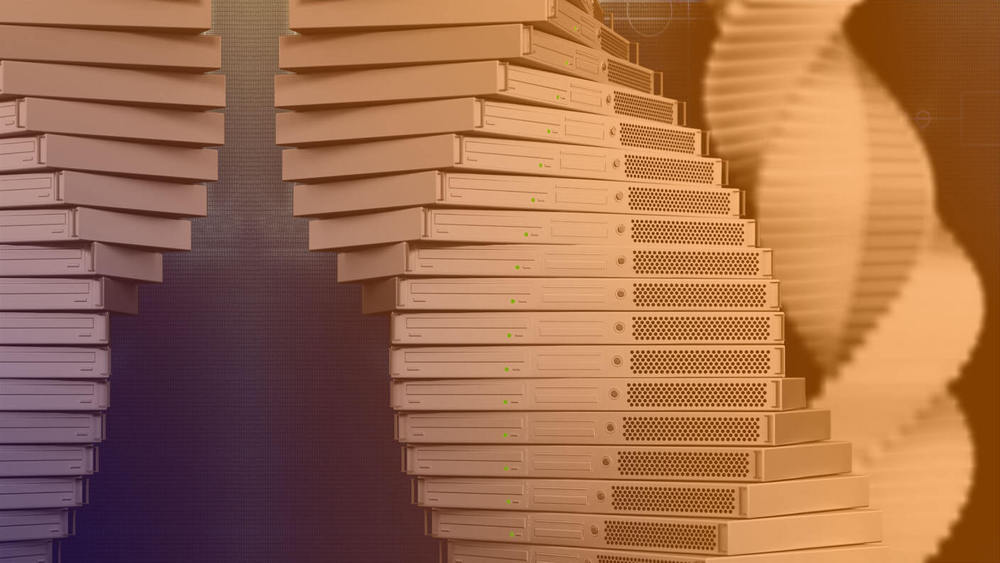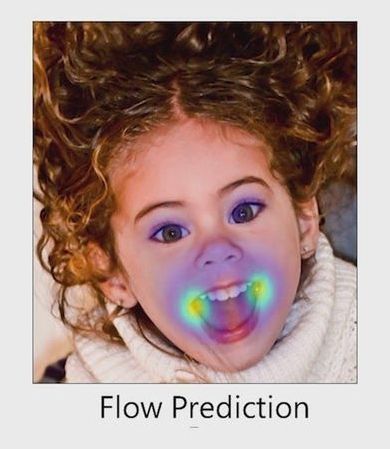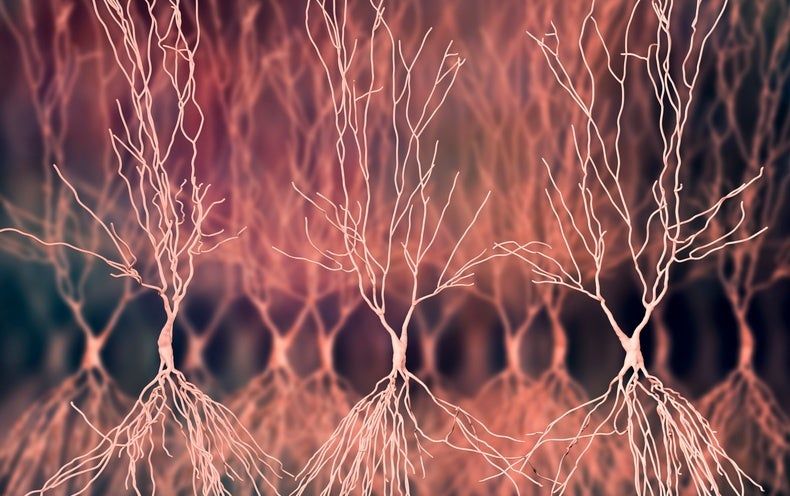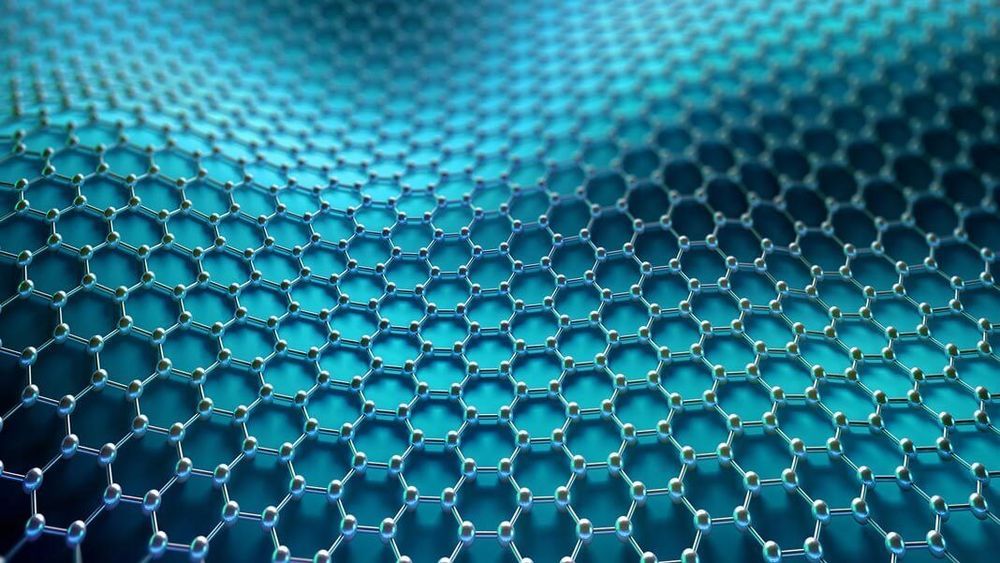New algorithm delivers the highest-ever density for large-scale data storage.
In the age of big data, we are quickly producing far more digital information than we can possibly store.
Last year, $20 billion was spent on new data centers in the US alone, doubling the capital expenditure on data center infrastructure from 2016.
And even with skyrocketing investment in data storage, corporations and the public sector are falling behind.
The 21st Century version of the Kirlian camera is now called a GDV camera.
Application de l’effet Kirlian — Méthode GDV du Professeur Konstantin KOROTKOV
Pour en savoir plus :
The Science Behind Nightmares
Posted in science
Photoshop has long been one of the primary sources of manipulated photos and imagery, so in an attempt to counter the fake news epidemic, Adobe has also started developing tools that can both detect when an image has been manipulated, and reverse the changes to reveal the original.
This is far from the first time Adobe has come up with ways to try and counter misuse of its products. Already built into Photoshop are image recognition tools that prevent scans or photos of certain bank notes from being opened at all, although it’s far from foolproof. This new detection tool has also been designed with a hyper-specific task: to detect when a face has been warped and subtly manipulated using Photoshop’s own Face Aware Liquify tool which makes it relatively easy to change the size of someone’s eyes, nose, mouth, or entire face.
The particle known as a Majorana fermion is as mysterious and uncontrollable as it is unique. It’s the only known particle that is also its own antiparticle, and has properties that make it an alluring candidate for qubits, the basic unit of information in a quantum computer.
Harnessing that potential, however, is easier said than done — Majorana fermions are slippery little suckers. But a team of particle physicists now reports they’ve found a way to control them.
“We now have a new way to engineer Majorana quasiparticles in materials,” said physicist Ali Yazdani of Princeton University. “We can verify their existence by imaging them and we can characterise their predicted properties.”
Layers a single atom thick are naturally lightweight, yet also surprisingly tough and flexible. This led to initial speculation for graphene being used as the ideal building material or protective body armor of the future. Yet it is the electrical properties of graphene, which arise from the unique behavior of electrons in such a thin layer, that have led to the first use cases for graphene in sensors and LEDs. Superconductivity, on top of everything else, is the icing on the cake for this remarkable material.
A Physicist’s Playground
Of course, twisted bilayer graphene (TBG) is not the first substance to exhibit superconducting properties. Superconductors, which can, amongst other things, generate extremely high magnetic fields without losing energy to electrical resistance, are already widely in use. Striking examples include the magnets at ITER, the world’s largest fusion device, currently under construction.
